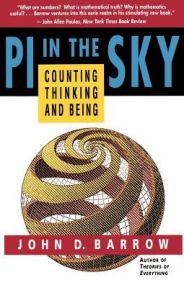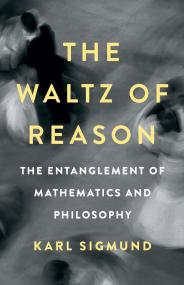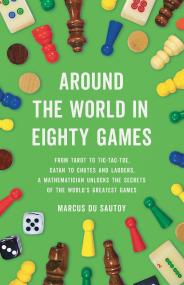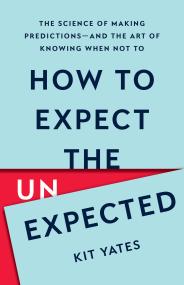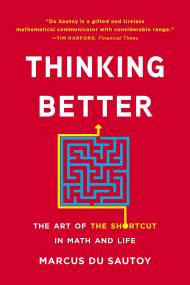Promotion
Use code MOM24 for 20% off site wide + free shipping over $45
Professor Stewart's Hoard of Mathematical Treasures
Contributors
By Ian Stewart
Formats and Prices
Price
$9.99Price
$12.99 CADFormat
Format:
- ebook $9.99 $12.99 CAD
- Trade Paperback $21.99 $28.99 CAD
This item is a preorder. Your payment method will be charged immediately, and the product is expected to ship on or around April 27, 2010. This date is subject to change due to shipping delays beyond our control.
Also available from:
Amongst a host of arcane and astonishing facts about every kind of number from irrational and imaginary to complex and cuneiform, we learn:
- How to organize chaos
- How matter balances anti-matter
- How to turn a sphere inside out (without creasing it)
- How to calculate pi by observing the stars
- . . . and why you can’t comb a hairy ball.
Along the way Stewart offers the reader tantalizing glimpses of the mathematics underlying life and the universe. Mind-stretching, enlightening, and endlessly amusing, Professor Stewart’s Hoard of Mathematical Treasures will stimulate, delight, and enthrall.
Genre:
- On Sale
- Apr 27, 2010
- Page Count
- 352 pages
- Publisher
- Basic Books
- ISBN-13
- 9780465021376
Newsletter Signup
By clicking ‘Sign Up,’ I acknowledge that I have read and agree to Hachette Book Group’s Privacy Policy and Terms of Use
